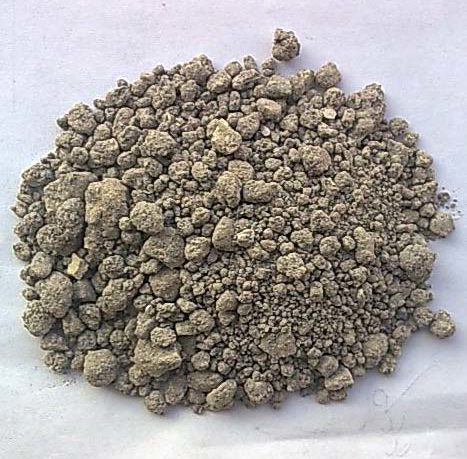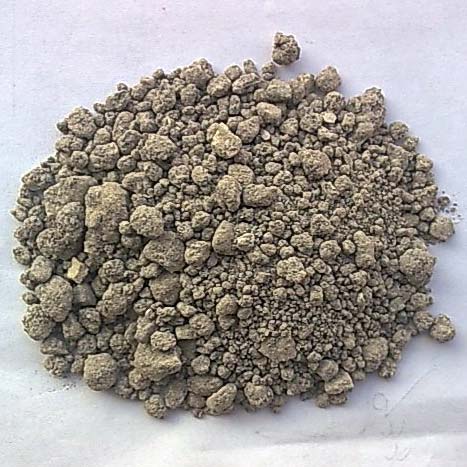NZ Herald
By: Paul Dykes
The lengthy saga involving a stranded cargo ship carrying phosphate rock to New Zealand raises the question about this country’s ongoing use of imported phosphate as a base for farm fertilisers.
The vessel was held at anchor in a South African port after a court order stopped its progress in a dispute over ownership of the source site in the Western Sahara region. Its cargo was eventually put up for auction, but there were no takers, and it will never reach New Zealand.
Our farmers have been spreading phosphate-based fertiliser on to their paddocks for decades, in the process taking supply from various sources, including Christmas Island, Nauru, North Carolina, South Africa, Vietnam, Israel, Morocco and the Western Sahara via Morocco.
Nauru used to be the main supplier of phosphate for fertiliser.
They exhausted the resources at Christmas Island and Nauru, and lost access to North Carolina after the US Government recognised it had to hold on to what was a very valuable asset.
These days, that largely leaves just Morocco as a high-volume source of quality phosphate rock.
This region of Africa has by far the vast majority of the world’s known phosphate resources — more than 70 per cent — but ownership of the some mining sites are in dispute, as they lie within Western Sahara — not Morocco.
Both our main fertiliser manufacturers Ballance Agri-Nutrients and Ravensdown rely on a United Nations ruling that the current Western Sahara trade is acceptable. But there is an ongoing disagreement among local people in the Western Sahara as to who owns what.
Losing the supplies on one cargo ship is not significant, but what if the whole source became off limits? What would happen to our farm production?
Ravensdown says food creation in New Zealand needs phosphate-rock based fertilisers because of our virtually unique pastoral-based system. It says aerial topdressing, with livestock roaming paddocks, is a very unusual farming setup in world terms.
This system means nutrients such as phosphate are continually being taken out of our soils, and need to be replenished regularly.
According to Ravensdown, without phosphate fertilisers our rural production would fall at least 50per cent, which it says equates to a $10 billion per year hit to the economy.
Warwick Catto, science strategy manager at Ballance, says our farmers will always need phosphate-based fertilisers on their paddocks.
A Ravensdown truck is loaded at Napier Port with phosphate rock from Western Sahara.
The Moroccan phosphate, which is formed over millions of years from sedimentary decay of marine life, is used to replace the phosphates leaving our farms in the bones, milk and protein of farm animals sent to market — largely overseas.
Unique biochemistry
The rock has to be crushed and acidulated with sulphuric acid to make the phosphorus more-readily available as superphosphate. In the finished product, about 9 per cent is phosphorus, 11 per cent is sulphur (in the form of gypsum or calcium sulphate) and 23 per cent is calcium (calcium phosphate). The rest is in the form of oxides — both phosphorus and sulphur contain four oxygen atoms.
Phosphate is also available as reactive phosphate rock (RPR), a natural product that uses the soil acidity to release phosphorus slowly over perhaps four years.
With both sources, it is often a juggling act to source product that is easy to grind, not too odorous, and with acceptable levels of fluoride and cadmium.
“Phosphorus is unique in its biochemistry,” says Warwick. “There is no chemical substitute for phosphorus in biological processes. It is always present in our soils, but only a small fraction is available to the plant.”
He says our soils were historically very poor in most nutrients, with reasonable potash and magnesium, but not much in the way of phosphorus and sulphur.
At the beginning of last century, our farms were similar to UK farm systems, but the focus switched to clover-based pasture from 1920-30 in an attempt to get the legume to produce the nitrogen.
“We then started to put the sulphur and phosphate on to keep the clover growing. Rye grass does not need so much, but you need plenty there for the clover to fix nitrogen in the soil.
“We will need it long term — 30-40 per cent of our agriculture product comes from growing more grass by putting on phosphate.”
He says our farmers are now using phosphorus at levels similar to the 1970s, but their nitrogen use has risen significantly since the 1990s.
A graph used by Ballance recently shows nitrogen use has increased significantly in the past 20 years or so and has plateaued at about 325,000 tonnes over the past five years.
Goes out with the milk
The surge in conversions to dairying is a major factor in this growth in use, as dairy farms export a lot of phosphorus in milk and meat products as these products leave the farm gate.
Given the potential disruption to supply, Warwick says the future lies in improving the availability of our in-soil phosphorus to improve its availability to the plants.
As the science progresses, it might become possible to extract more of this locked-in phosphorus, perhaps using plant genetics.
Ballance is also in a Primary Growth Partnership investigating whether microbes can be utilised in bio-fertilisers to unlock naturally occurring phosphate in the soil and thereby make it available for plant use.
There is also emphasis on identifying where phosphate is leaking from the farm system.
Most waterways in New Zealand are phosphate limited, not nitrogen limited, but the presence of this phosphorus enables algae blooms to better utilise the nitrogen that is present.
Both Ballance and Ravensdown have computer software products that assist farmers to calculate, and potentially control, the loss of nutrients from their farm systems. The sophistication is such that farmers using these tools can focus on small parts of their farm in a targeted way.
“This is a technical challenge in terms of testing and spreading in the most effective way,” says Mike Manning, general manager innovation and strategy at Ravensdown.
“But it also depends on good advice from certified advisers using computer models to locate and avoid the areas that are at risk of phosphorus loss.
“There are exciting developments in the area of aerial scanning and computer-driven application that will help tackle this issue.”








